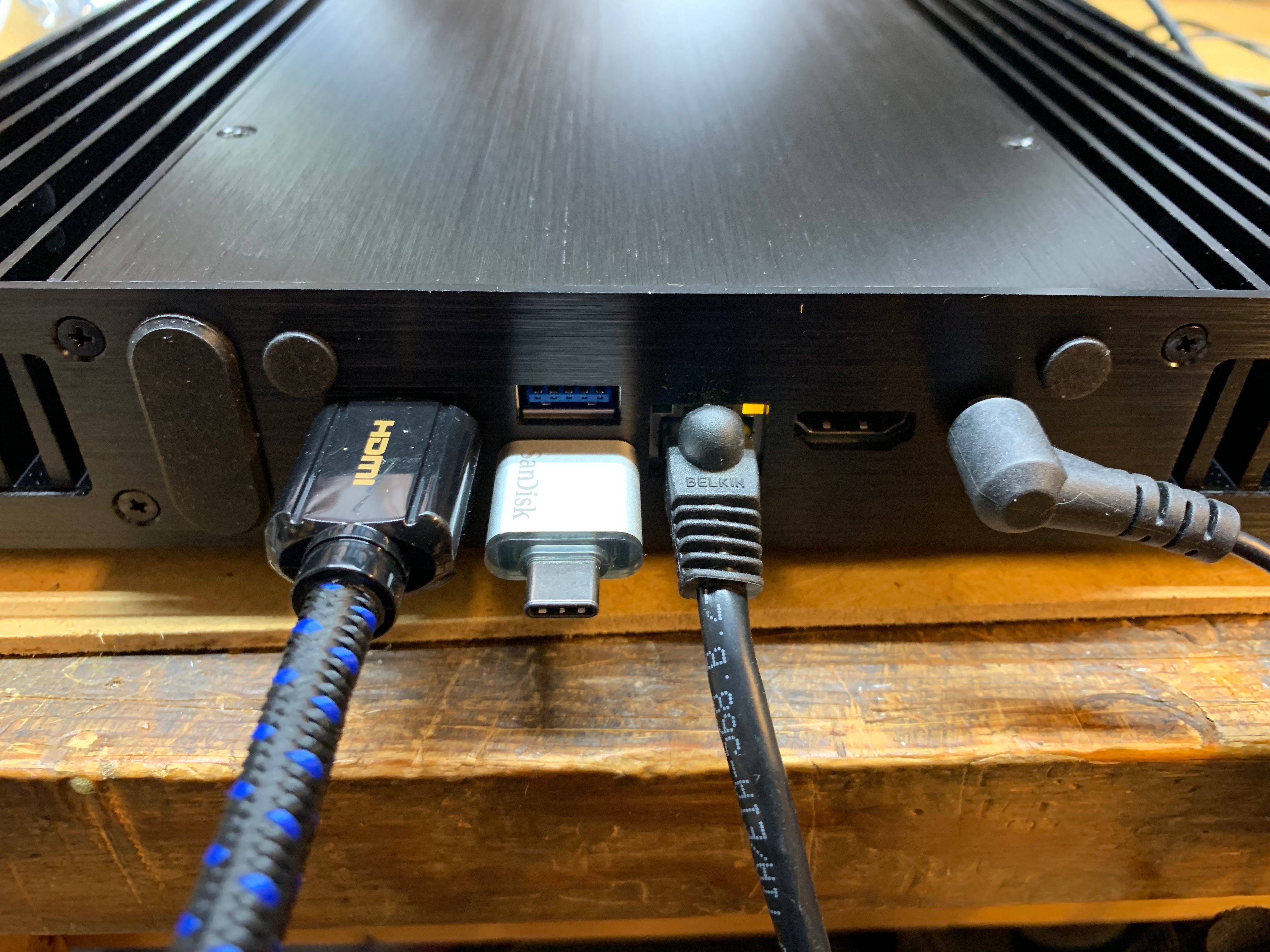
-
entries
18 -
comments
48 -
views
12792
About this blog
Over my time reading and writing on the forum there appears to be a need for an aggregated list of component descriptions for "things" in the computer audio chain. I intend this blog to meet that need. I am very open to suggestions for entries that I can write about as well as have enough knowledge to describe in a concise manner. PM me with suggestions please.









